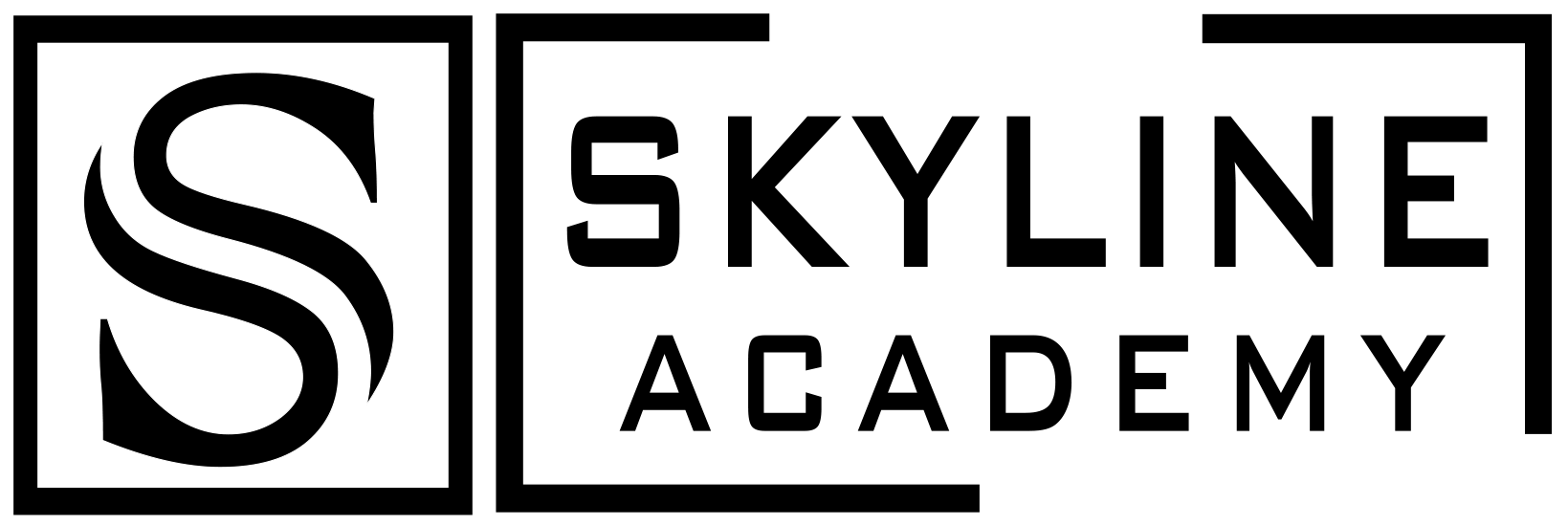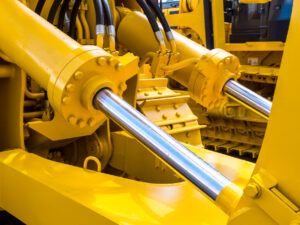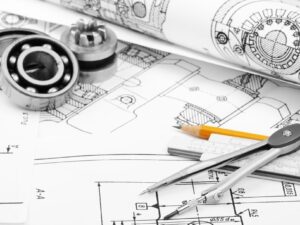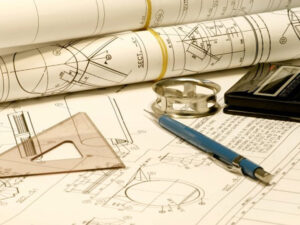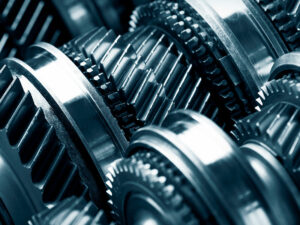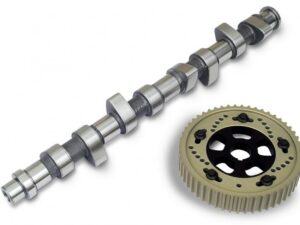MACHINE DESIGN
- Description
- Curriculum
- Reviews
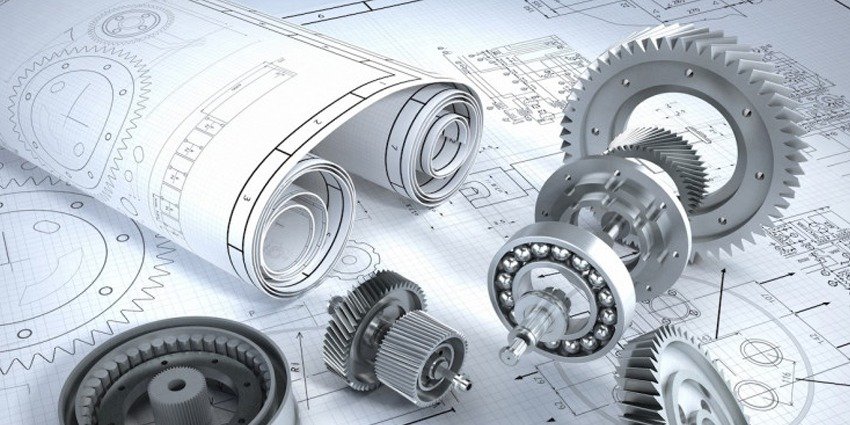
Here we are provided this recorded video course which is cover following topics suggested by university syllabus.
GUJARAT TECHNOLOGICAL UNIVERSITY
MECHANICAL ENGINEERING
B.E. 7TH Semester
Subject Code: 2171909
MACHINE DESIGN
- Gear Design: Recitation: Classification of gears, Selection of type of gears, Law of Gearing, Gear terminology, Standard system of gears tooth, force analysis, Interference and undercutting, number of teeth, gear tooth failures, selection of material. Spur and Helical Gears: Stress in gear tooth, Lewis’s formula, AGMA bending stress equation and AGMA pitting resistance formula, Gear quality and selection aspects. Bevel and Worm gear: Specification and design of bevel and worm gears.
- Design of Gear Box for Machine Tools: Comparison and Choice of progression (Arithmetic, Geometric, Harmonic and Logarithmic), general design procedure, determination and fixation of spindle speeds, selection of the best structure diagram, selection of gear layout and ray diagram, determination of number of teeth on gears.
- Journal Bearings: Classification of bearings. Journal bearing Types, Lubrication: type of lubrication, Lubricants, Effect of pressure and temperature on viscosity, Stable lubrication, thin and thick film lubrication. Hydrostatic Bearing: Viscous flow through rectangular slot, step bearing, energy losses. Hydrodynamic Bearing: Lubrication theory (Petroff’s Equation, Reynold’s Equation), Design of bearing with Raimondi and Boyd method, power and heat generation, bearing materials.
- Rolling Contact Bearings: Classification, Static load carrying capacity, Stribeck’s equation, Dynamic load carrying capacity, Equivalent bearing load, Load-Life relation, Selection of bearing life, Load factor, Selection of bearing from catalogue, Design for cyclic loads and speeds, bearing with probability of survival other than 90%, Selection of taper roller bearing, Bearing failure, Lubrication of rolling contact bearing.
- IC Engine Components: Design of cylinder and Cylinder head, Design of piston, Design of connecting rod, Design of crankshaft and Design of valve gear mechanisms.
- Design of Cranes: Basic objective of material handling system, Types of loads, Classification and application of various Material handling equipment, Basic principles in selection of material handling system, Classification of cranes, Stress analysis and selection of Hooke (IS 15560,2005), Pulley System (hoisting tackle analysis), Steel wire ropes: Classification and coding, Stress analysis and selection, Design of Sheave and drums.
Spur Gears
-
1Introduction
-
2Classification of Gears
-
3Selection of Types of Gears
-
4Condition for Correct Gearing
-
5Forms of Gear Teeth
-
6Spur Gear Terminology
-
7Interference in Involute Gears
-
8Minimum Number of Teeth to Avoid Interference
-
9Standard System of Gear Tooth
-
10Effects of Pressure Angle
-
11Force Analysis of Spur Gears
-
12Types (Modes) of Gear Tooth Failure
-
13Selection of Gear Materials
-
14Beam Strength of Spur Gear Tooth
-
15Wear Strength of Spur Gear Tooth
-
16Effective Load on Spur Gear Tooth
-
17Safety of Gear Pair
-
18Objectives in Design of Gear Pair
-
19Design of Spur Gear Pair
-
20Power Transmitting Capacity of Spur Gear Pair
-
21Gear Lubrication
-
22Multi-stage Gear Reducer
Helical Gears
-
23Introduction
-
24Types of Helical Gears
-
25Advantages and Limitations of Helical Gears
-
26Helical Gear Terminology
-
27Equivalent Spur Gear and Virtual (Formative) Number of Teeth
-
28Minimum Number of Teeth on Helical Pinion
-
29Force Analysis of Helical Gears
-
30Beam Strength of Helical Gear Tooth
-
31Wear Strength of Helical Gear Tooth
-
32Effective Load on Helical Gear Tooth
-
33Safety of Helical Gear Pair
Bevel Gears
-
34Introduction
-
35Terminology of Bevel Gears
-
36Formative Number of Teeth (Tredold's Proximation)
-
37Minimum Number of Teeth on Bevel Pinion
-
38Force Analysis of Straight Bevel Gears
-
39Types (Mode) of Bevel Gear Tooth Failure
-
40Materials for Bevel Gears
-
41Beam Strength of Straight Bevel Gear Tooth
-
42Wear Strength of Straight Bevel Gear Tooth
-
43Effective Load on Straight Bevel Gear Tooth
-
44Safety of Bevel Gear Pair
-
45Types of Bevel Gears
Worm Gears
-
46Introduction
-
47Advantages and Limitation of Worm Gear Drives
-
48Terminology of Worm and Worm Gears
-
49Designation of Worm and Worm Gear Pair
-
50Types of Worm and Worm Gears
-
51Force Analysis of Worm and Worm Gear Pair
-
52Sliding (Rubbing) Velocity in Worm and Worm Gear Pair
-
53Coefficient of Friction in Worm and Worm Gear Pair
-
54Efficiency of Worm and Worm Gear Pair
-
55Types (Modes) of Failure in Worm Gear Pair
-
56Worm and Worm Gear Materials
-
57Design of Worm Gear Drive
-
58Beam Strength of Worm Gear Tooth
-
59Wear Strength of Worm Gear Tooth
-
60Effective Load on Worm Gear Tooth
-
61Safety of Worm Gear Pair
-
62Thermal Considerations in Worm Gear Drive
-
63Arrangements of Worm Gear Reducer
-
64Lubrication of Worm Gears
Design of Machine Tool Gear Boxes
-
65Need of Multi-Speed Gear Box in Machine Tools
-
66Basic Considerations in Design of Multi-Speed Gear Box
-
67Laws of Stepped Regulation of Speeds in Multi-Speed Gear Box
-
68Advantages of Geometric Progression
-
69Selection of Geometric Progression Ratio in Multi-Speed Gear Box
-
70Parameters in Kinematic Design of Multi-Speed Gear Box
-
71Kinematic Diagram (Gearing Diagram) of Gear Box
-
72Structural Formulae
-
73Structure Diagrams
-
74Speed Diagram and Ray Diagrams
-
75General Guideline in Developing Kinematic Diagram (Gearing Diagram) for Multi-Speed Gear box
-
76Procedure for Kinematic Design of Multi-Speed Gear Box for Machine Tools
-
77Deviation Diagram for Multi-Speed Gear Box
Hydrodynamic Bearings
-
78Introduction to Lubrication
-
79Lubricant
-
80Physical and Chemical Properties of Lubricants
-
81Desirable Properties of Lubricants
-
82Classification of Lubricants
-
83Lubricating Oil (Liquid Lubricants)
-
84Greases
-
85Solid Lubricants
-
86Selection of Lubricants
-
87Basic Modes of Lubrication
-
88Types of Sliding Contact Bearings
-
89Petroff's Equation for Hydrodynamic Journal Bearings
-
90Nomenclature of Hydrodynamic Journal Bearing
-
91Regimes of Hydrodynamic Lubrication
-
92Reynold's Equation for Hydrodynamic Lubrication
-
93Design Considerations in Hydrodynamic Journal Bearings
-
94Relations of Variables for Hydrodynamic Journal Bearenigs (Raimondi and Boyd Method)
-
95Temperature Rise in Hydrodynamic Journal Bearings with Feed Lubrication
-
96Temperature Rise in Self-Contained or Self Cooled Hydrodynamic Journal Bearings
-
97Selection of Bearing Design Variables for Hydrodynamic Journal Bearings
-
98Design Procedure for Hydrodynamic Journal Bearings
-
99Bearing Materials
Hydrostatic Bearings
Rolling Contact Bearings
-
107Introduction to Bearings
-
108Nomenclature of Rolling Contact Bearing
-
109Types of Loads on Rolling Contact Bearings
-
110Types of Rolling Contact Bearings
-
111Designation of Rolling Contact Bearings
-
112Factors Affecting Selection of Bearing Type
-
113Basic Static Capacity (Basic Static Load Rating) of bearings (Co)
-
114Stribeck's Equation for Basic Static Capacity of Bearings
-
115Equivalent Static Load
-
116Bearing Life
-
117Basic Dynamic Capacity (Basic Dynamic Load Rating) of Bearings (C)
-
118Equivalent Dynamic Load
-
119Load-Life Relationship
-
120Selection of Bearing Life
-
121Selection of Bearing from Manufacturer's Catalogue
-
122Bearings with Probability of Survival Higher Than 90 Percent
-
123Adjusted Life of Bearing
-
124Equivalent Dynamic Load for Bearing under Cyclic Loads
-
125Equivalent Dynamic Load for Continuously Variable Cyclic Loads
-
126Mounting of Bearings
-
127Preloading of Bearings
-
128Taper Roller Bearing
-
129Lubrication of Rolling Contact Bearings
-
130Failure of Rolling Contact Bearings
Design of I.C Engine Components
Design of Cranes
-
137Introduction to Material Handling
-
138System Concept for Material Handling
-
139Types of Loads Handled by Material Handling Systems
-
140Material Handling Equipment and Guidelines in Selection
-
141Objectives of Material Handling System
-
142Classification of Material Handling Equipment
-
143Hoisting Equipment
-
144Classification of Cranes
-
145Components of EOT Crane
-
146Crane Hook Assembly with Pulleys
-
147Pulley System
-
148Wire Rope
-
149Rope Drum
-
150Bridge Structure
-
151Drives (Motors)
-
152Power Rating of Trolley Motor and Bridge Motor
-
153Factor of Safety and Permissible Stress
Please, login to leave a review
